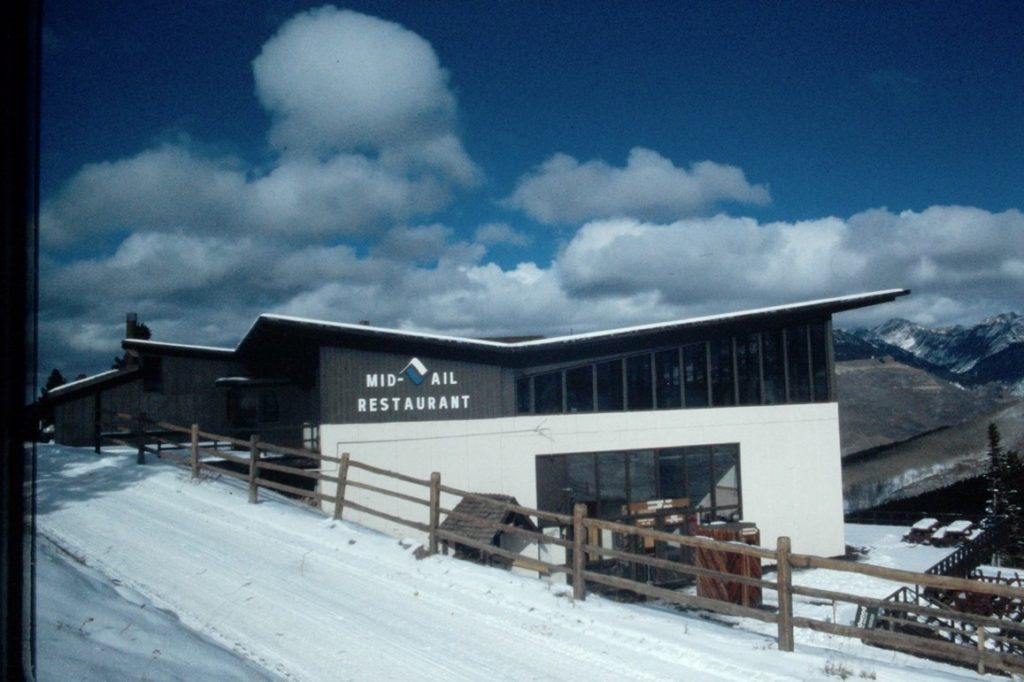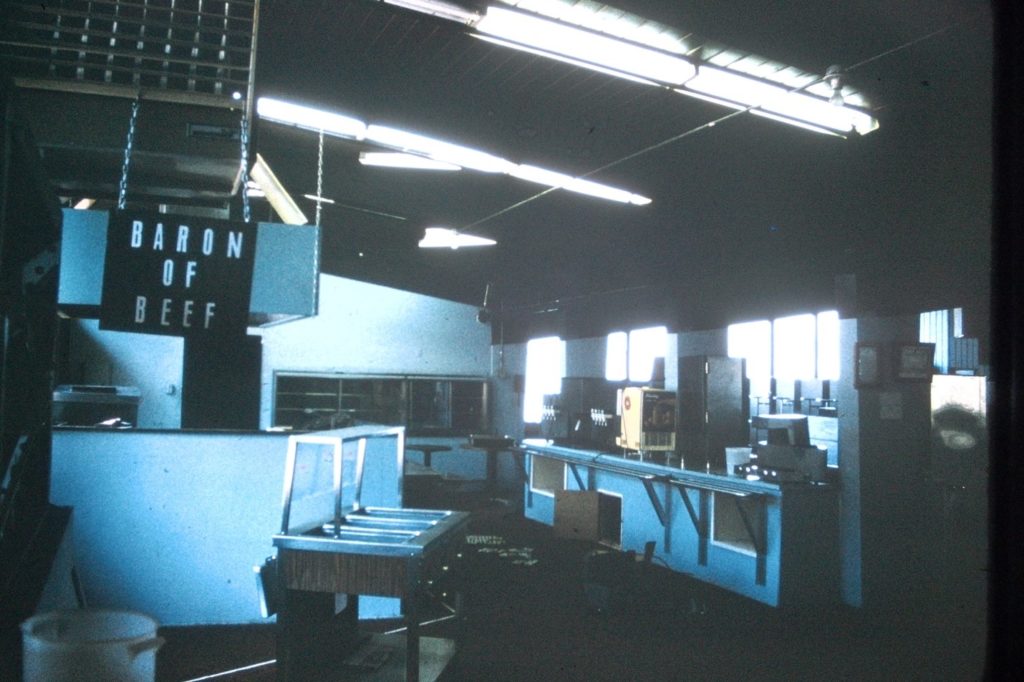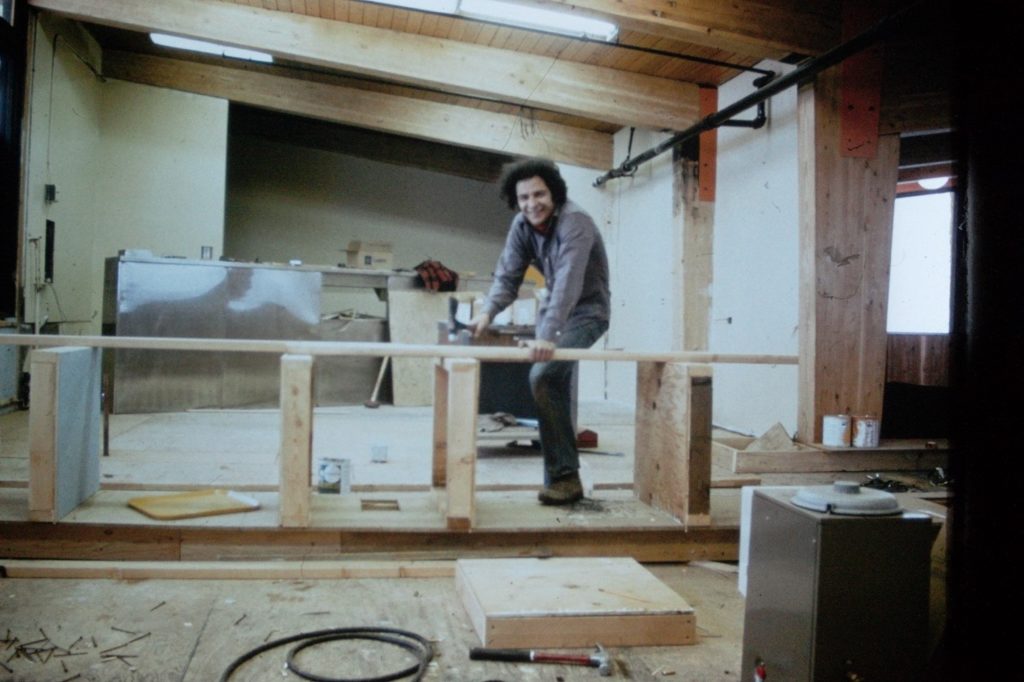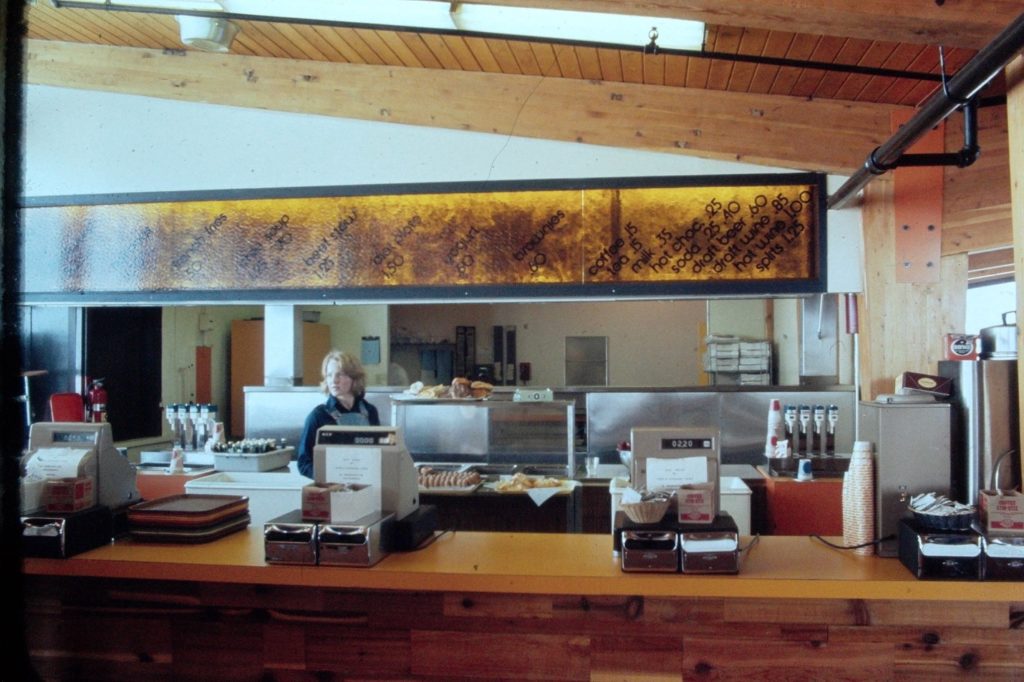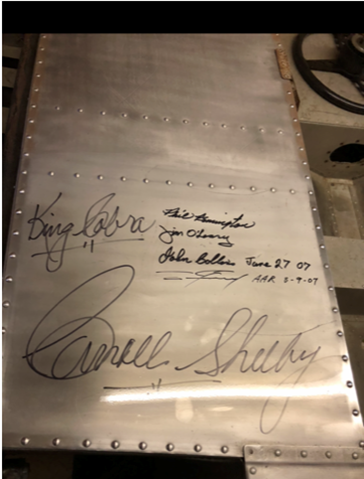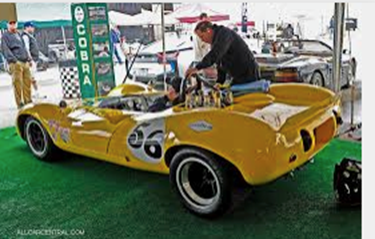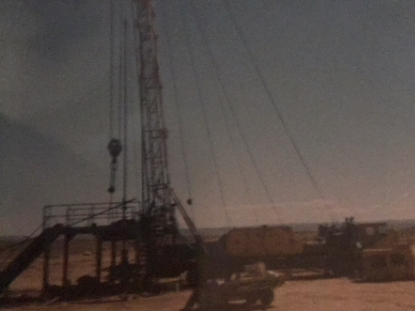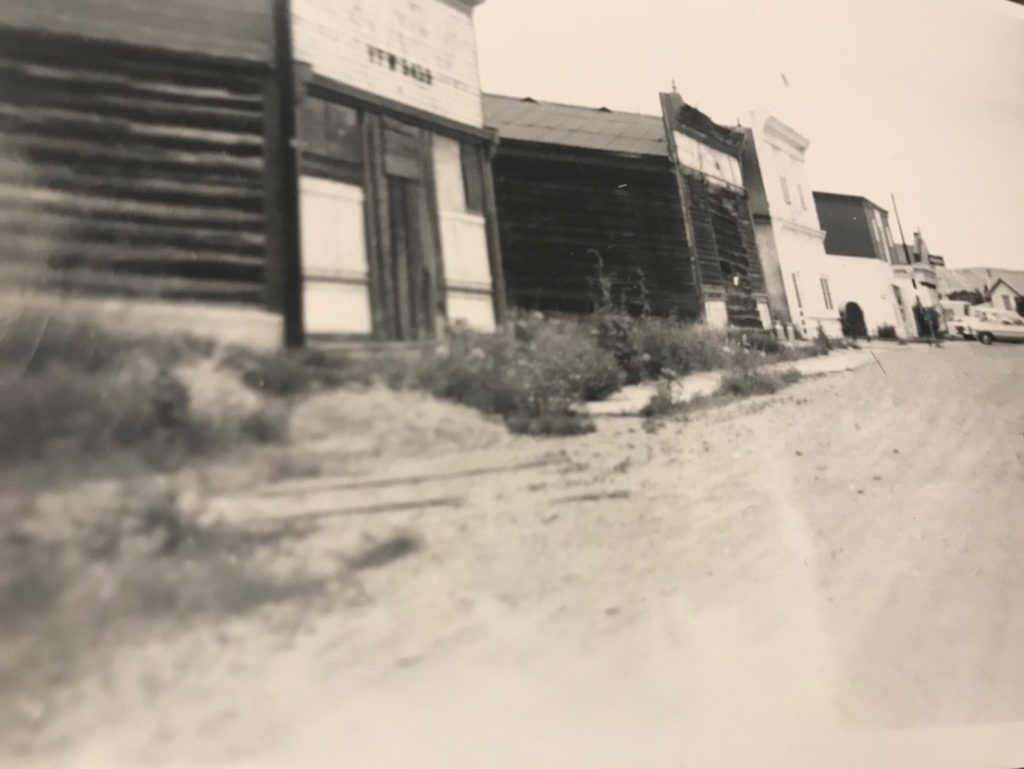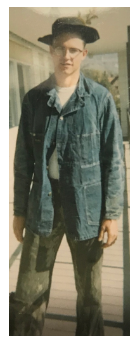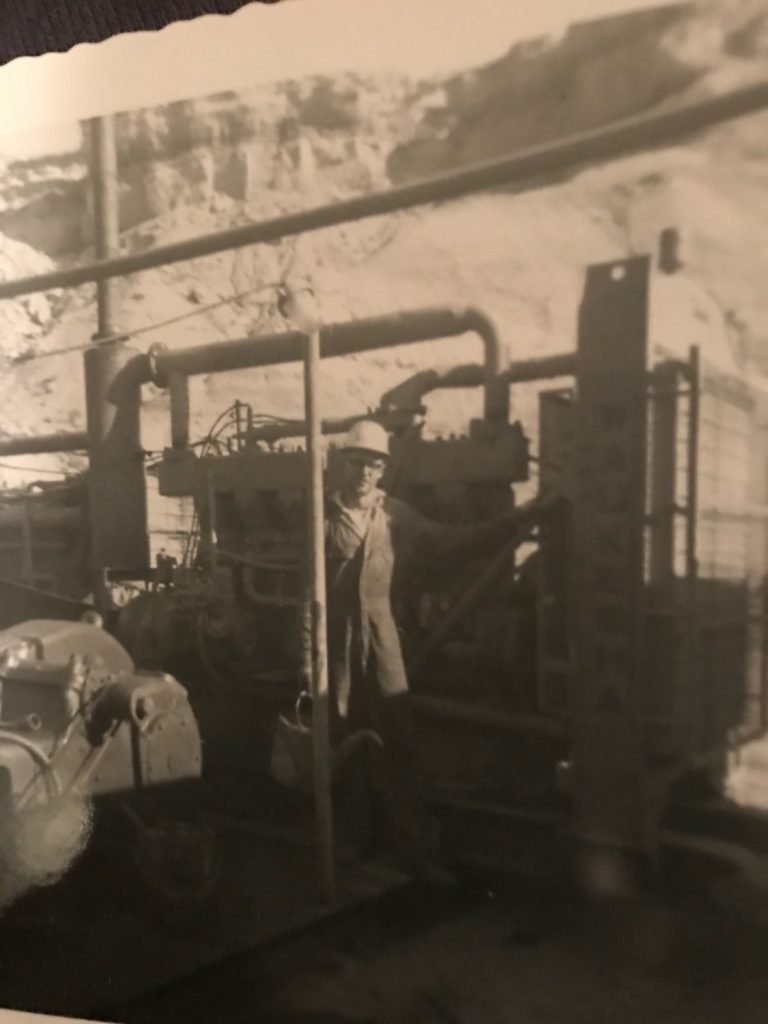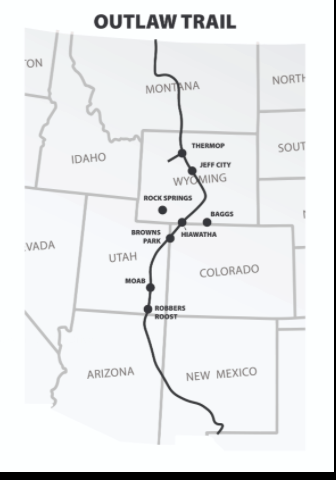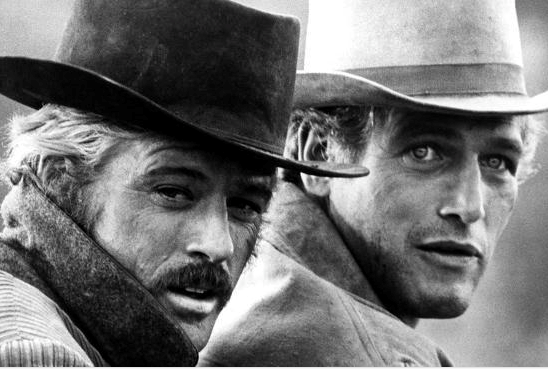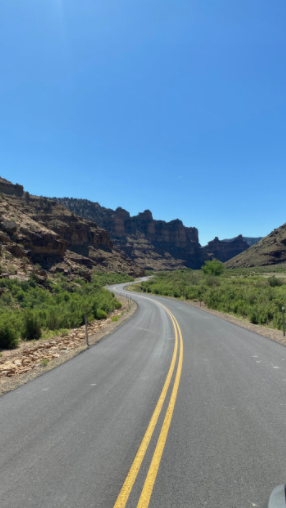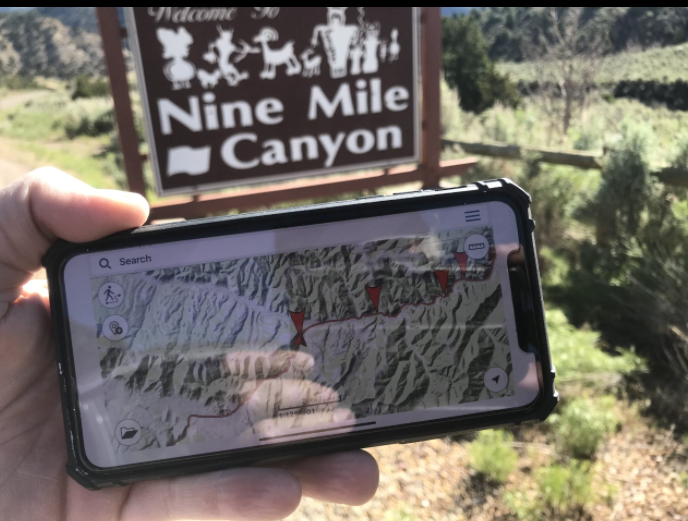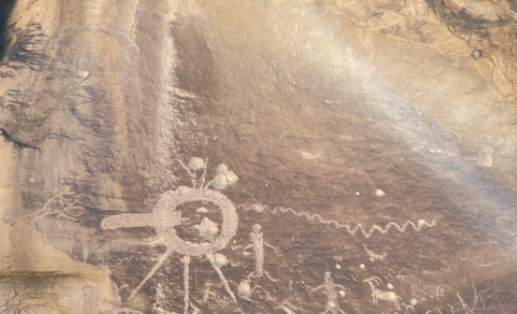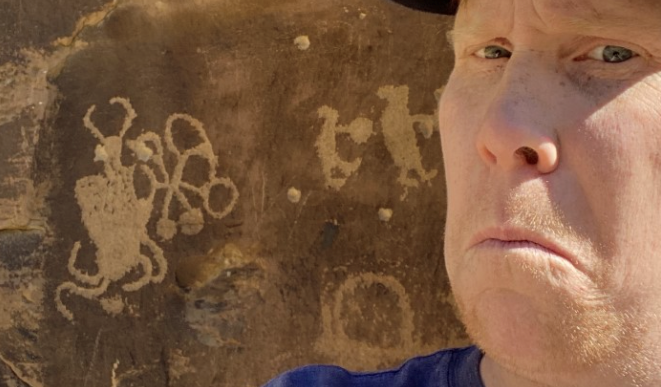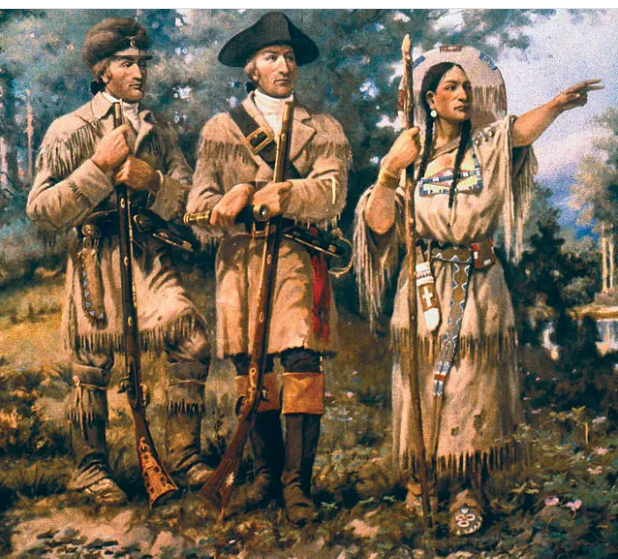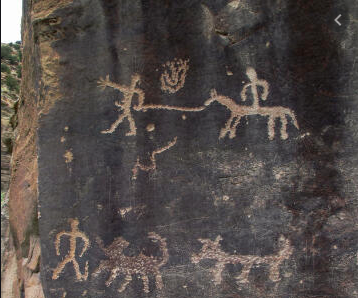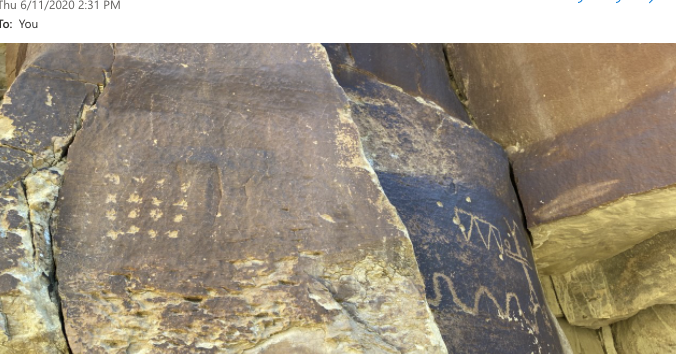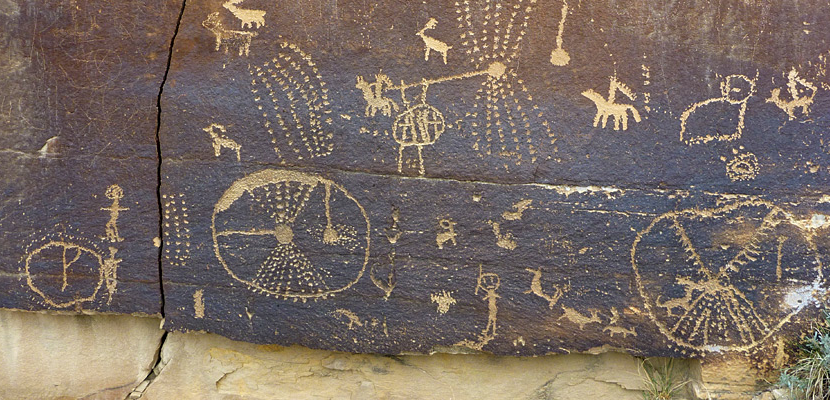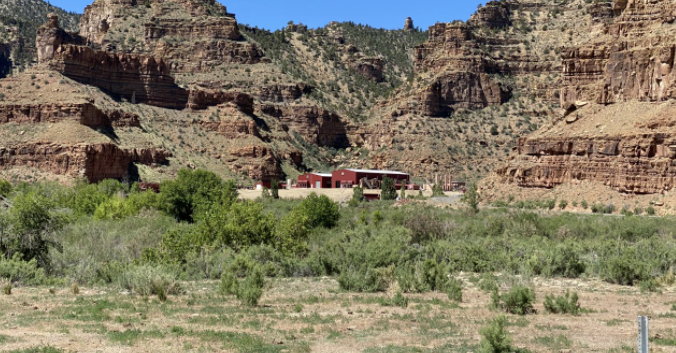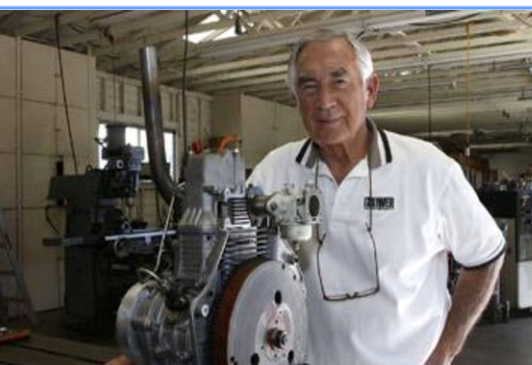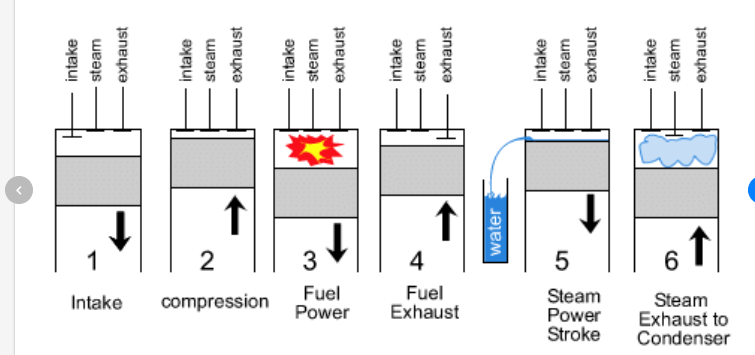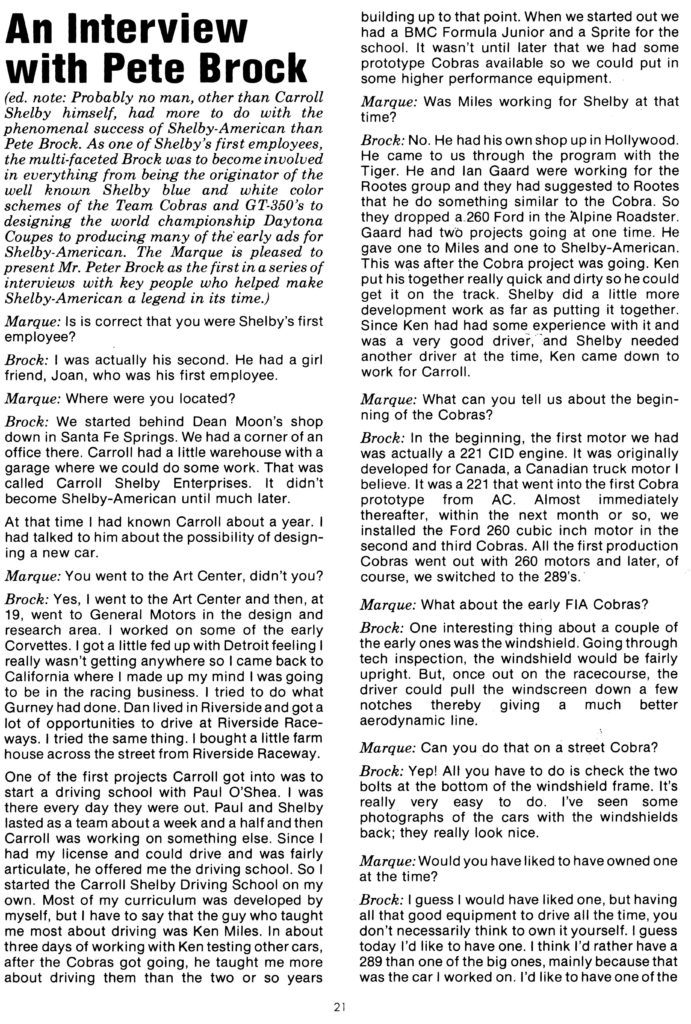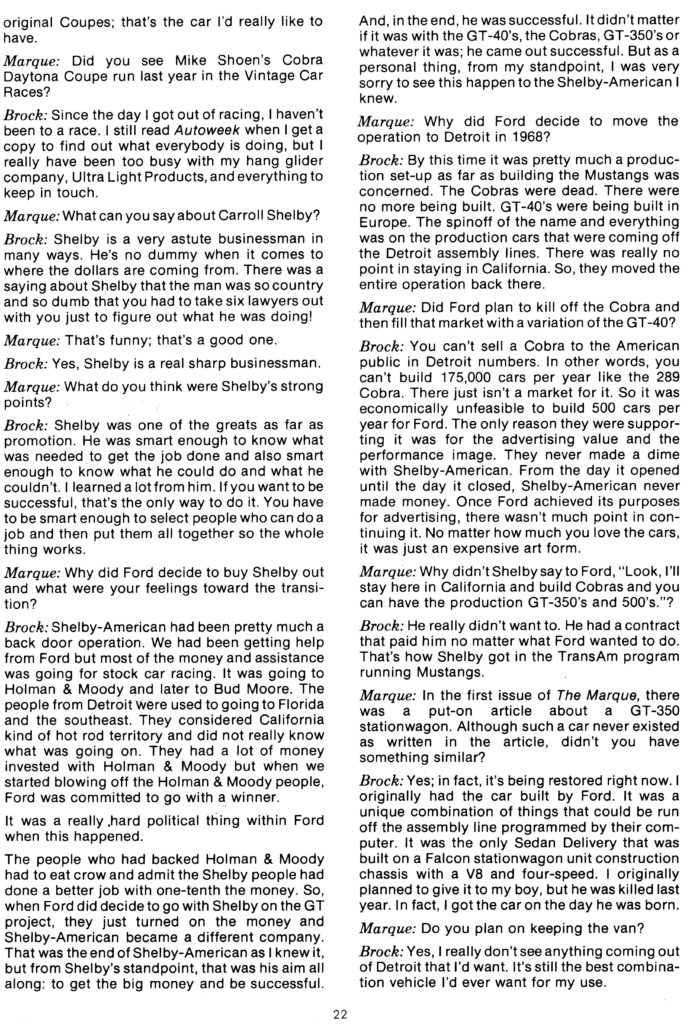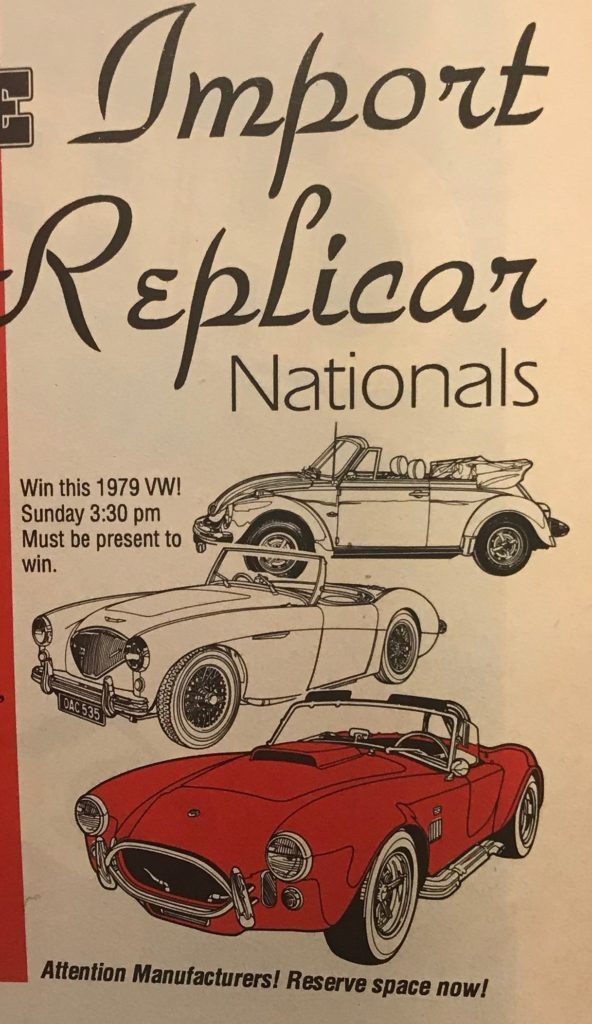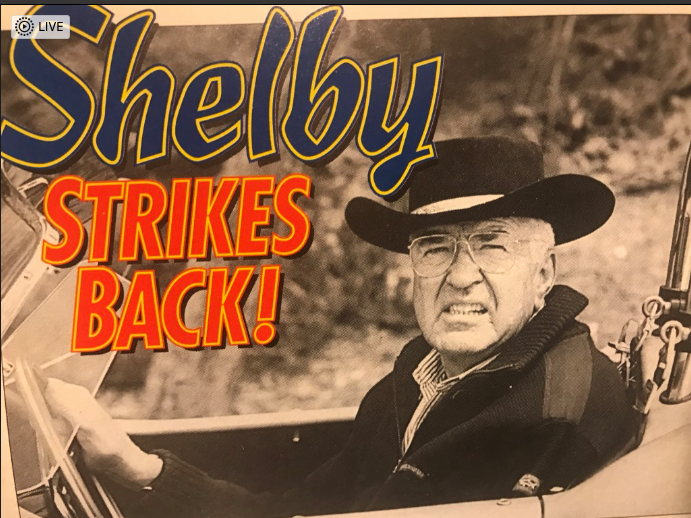This month’s post is a little tip in case you ever find yourself on the starting line of the Indy 500 on Memorial Day. I know it sounds unlikely, unless you’ve devoted a large part of your life to motor racing, but hey, it could happen.
Just a little background.
My first car was a 1952 Ford Victoria hard top, cream over burgundy, flat head V-8 with Ford-o-matic trans and a factory-installed spotlight. We lived in a California tract house that had a carport you walked through to get to the front door, and my beloved Ford often lay bleeding there, recovering from my efforts to make it into a race car. My mother should be nominated for sainthood. I started from scratch, with a few old tools my dad had in a box, but I was sure if I worked hard and paid attention, someday I’d be a racer.

I went by the old home a few years ago. Hasn’t changed much. I knelt down by one of the grease stains on the driveway which could well have been mine and thought “It’s a long way from here to starting line of the Indy 500.”
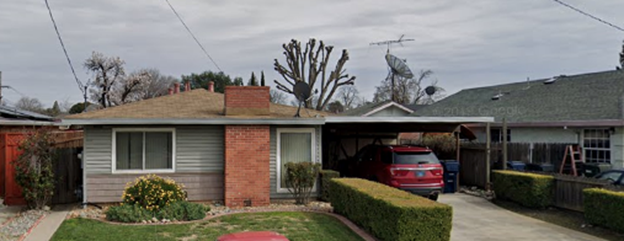
Well, it was a long trail. Graduating from high school in 1961, college, Army, marriage, moving to Vail and meeting Bob Lazier, and a chance to work on a race team finally landed me at Indy.
The stands go almost all the way around the track, seating about 230,000 people. That’s over TWICE the crowd of most Super Bowls. With the infield seating, that total jumps to 400,000. When you’re standing on the starting line, YARD of BRICKS, looking down the track, it feels like you are standing in a dark canyon, and some say you can feel the ghosts of men who raced and sometimes died there. A breeze is usually moaning through the stands, which adds to the effect.
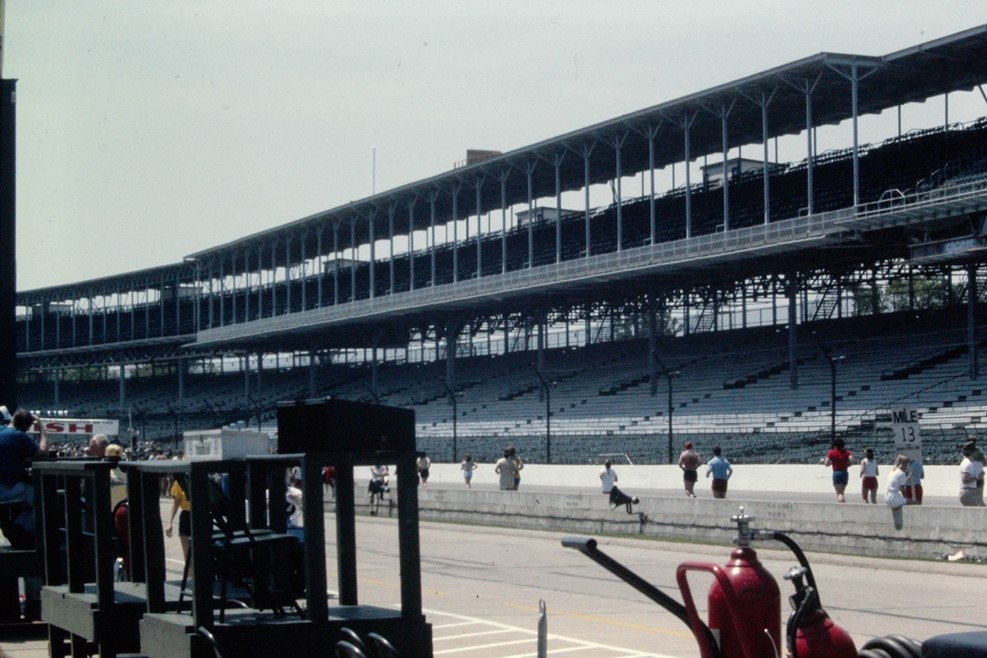
That breeze makes the setup of the car extremely tricky. Modern Indy cars create so much downforce with their wings and body shape that they could theoretically drive upside down and still stayed glued to the track. Sometimes there’s a tailwind between turns 1 and 2, and a headwind between 3 and 4. Try that mister setup wizard. And if you get it wrong, or if it changes during the race, someone could die.
When we were there, the qualifying, setup, carb day, pole day, etc. lasted a whole month, and it was not uncommon to still be fiddling with the setup on race day. There are literally thousands of possible combinations.
As race day gets closer, 100,000 or so people are in the stands watching you every day. At the full capacity of 400,000, the energy of the people and the noise they make is something you don’t hear, you just feel …. and you never forget.
1981 was my first year at Indy with Bob and we qualified 13th, which put us on the inside of the 4th row. On race day you have to get up about 4 A.M. and enter the track with your garage pass through a “secret entrance” behind the Indianapolis Motor Speedway Motel. At that hour, lines of people are already waiting at the public entrances. There are stories of competitors who didn’t make the race because they got stuck in traffic. Bummer !
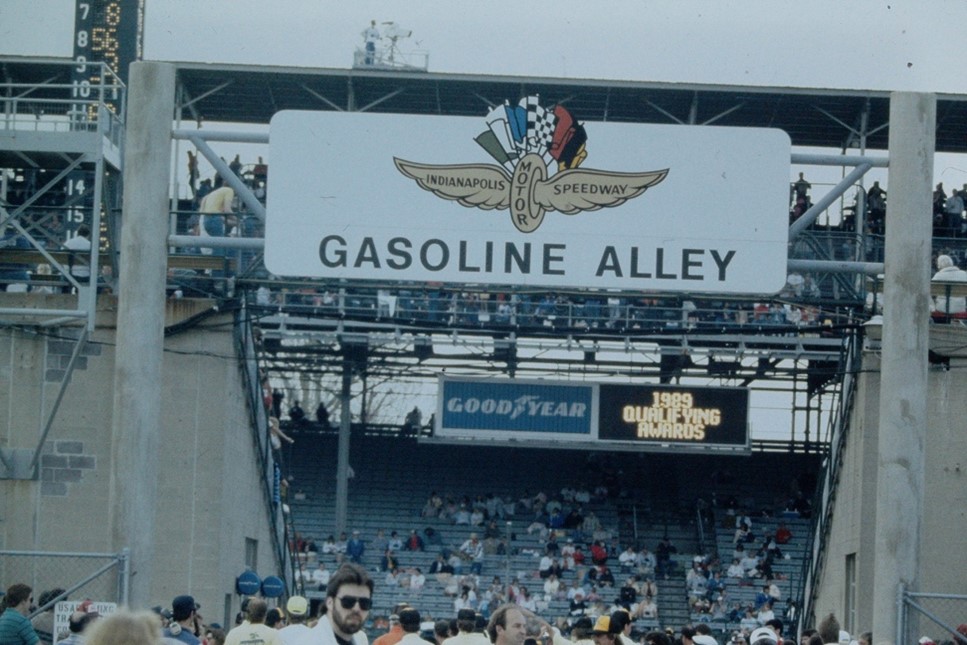
Once you are safely inside the paddock, it’s time to transport the tools, stacks of tires, spares, timing equipment, and all the pieces you’ve been honing for the last month into place. The fuel truck comes by and fills your track side tank, which has been about ½ full all month for safety reasons. There is a saying along pit row “I love the smell of Methanol in the morning,” which is a takeoff on a line from APOCALYPSE NOW.
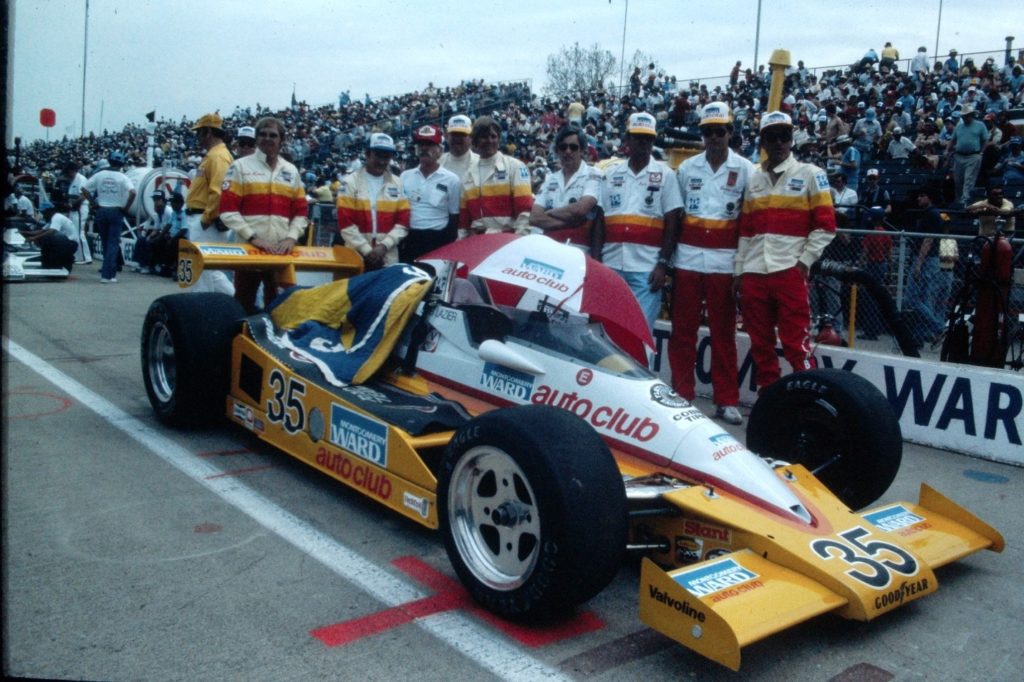
By about 12:30, you’ve been on your feet for nearly 8 hours, at maximum concentration, and now it’s time to roll the cars into place. The marching bands have cleared out, the jets have flown over, Jim Nabors has sung BACK HOME IN INDIANA, and the moment has arrived. Indy cars don’t have onboard starters, so one guy carries a big electric motor out onto the starting grid, one guy wheels a battery with cables and an on/off switch (that was me in this case), and the third guy is usually the CREW CHIEF, who is also known today as GOD.

All is ready and the crowd is screaming, which sounds like a big wind. Most of the guys out on the track are racing veterans, all respected as the best at their craft, but this is my first time. As the seconds ticked down, one of our crew shouted over to me “DID YOU BRING THE STARCH !”
OH SHIT! Did I forget something? This is my moment on the WORLD STAGE, my mother is watching on TV, and I’VE BLOWN IT!!
With quivering voice I stammered “Starch? Why was I supposed to bring STARCH?”
“Yea, you know, for when they say, “GENTLEMEN STARCH YOUR ENGINES!”
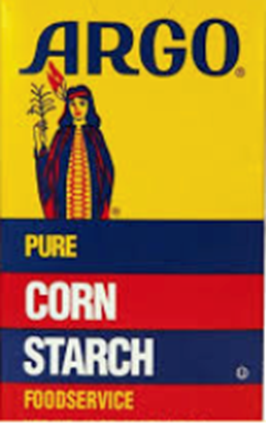
I guess it’s a really old CORNY joke, but I fell for it hook, line, and sinker. Maybe it’s a rite of passage. When Mary Holman actually did say “Gentlemen Start Your Engines,” I’m the guy who threw the starter switch…fulfilling a life long dream.
We finished 19th and Bob was declared Series Rookie of The Year. WOW !
Well, that’s my tip for today. Fortunately, YOU won’t have to fall for the old STARCH JOKE, but then maybe you can pull it on someone else! Thanks for listening.
Duane

